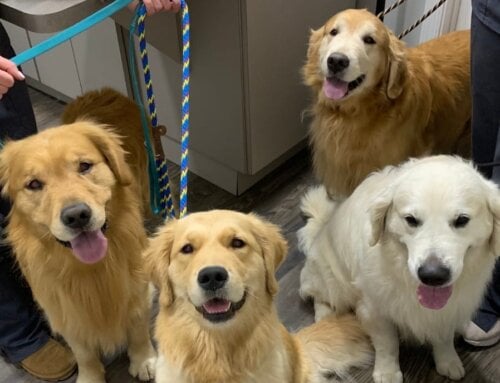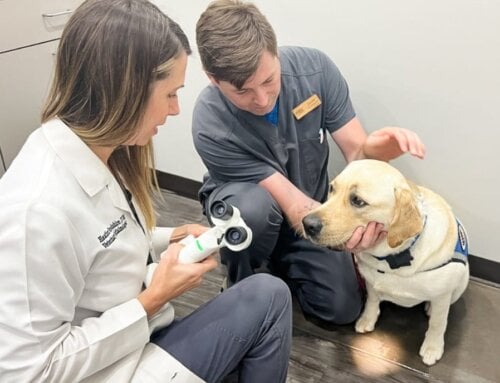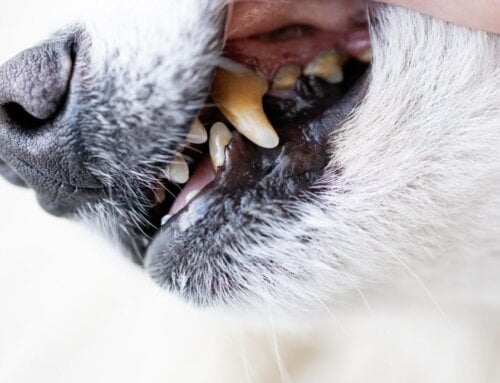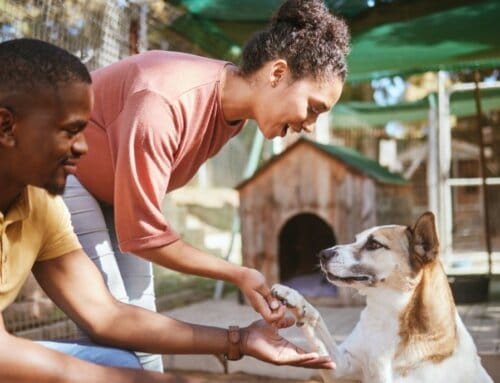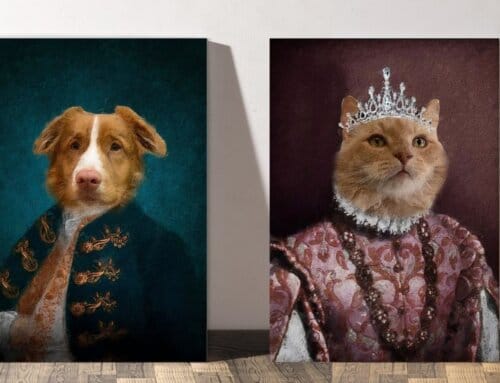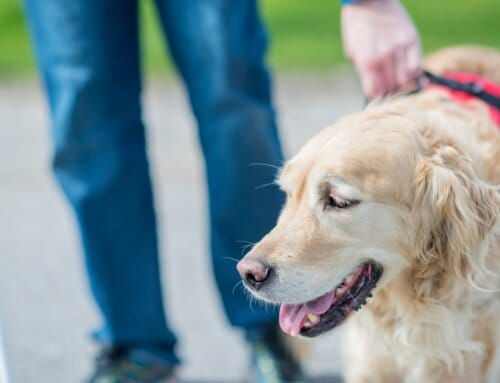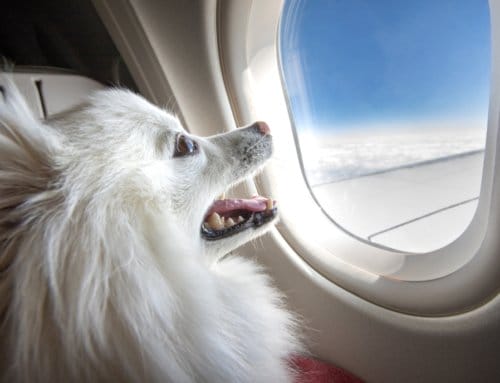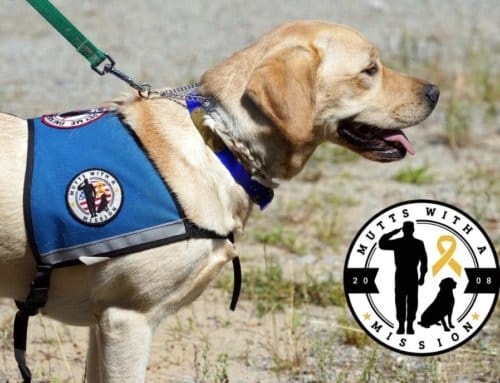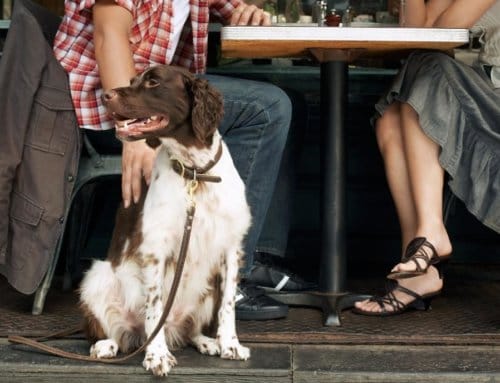Causes, treatment and how to avoid them
Dogs will be dogs. No matter how attentive the pet’s parent is, there are times when animals will dig in the dirt, paw at their eyes or get in a tussle with another pet. Seemingly minor ocular irritations can turn a day in the park to a trip to the emergency veterinarian. To get the scoop on the most prevalent dog and cat eye injuries, how to avoid them and what to do if an eye injury occurs, we asked Dr. Amanda Romanek, a third-year veterinary ophthalmology resident with Animal Vision Center of Virginia, for advice.
What are the signs that a pet may have sustained an eye injury?
Common signs include excessive tearing, green or yellow discharge, squinting, a red or puffy-looking eye or a cloudy or discolored area to the surface of their eye.
Depending on the type of injury and other potential related complications, your pet may exhibit a few or all these signs. If a more severe injury has occurred, resulting in a perforation (or rupture) of the eye, there may be bleeding from the eye, or your pet may be head-shy when approached from that side. If other trauma to the head has occurred, it is possible the eye may be affected too, and you should seek veterinary care.
What can cause an eye injury to a pet?
Probable causes of an eye injury can be the result of different scenarios. It could be the result of a scratch to the animal’s eye, caused by a dog’s nail or a cat’s claw. Or it may be due to a projectile injury if pets are in the wrong place at an unfortunate time. At Animal Vision Center of Virginia, we have seen pets with eye injuries due to:
- Bite wounds caused by animals
- Foreign body injuries, when plant awns, grit or external debris or objects become embedded in the eye
- Grooming accidents from hair dryers, shampoos, soaps and scissors
- Projectile injury from a sharp, blunt object
- And other issues resulting from proptosis (a protruding eyeball), such as corneal ulcers
When a pet sustains an eye injury, what should their owner do first and where should they seek help?
The best first step is to determine where the injury occurred. Is it confined to the eye and/or around the eye, or do other injuries need to be addressed as well?
If your pet has more injuries than those involving the eye, which may occur after a dog or cat fight for instance, taking them to a veterinary emergency hospital is best so their care team can assess and treat any potentially life-threatening injuries.
If the injury to the eye is minor, your pet’s general veterinarian or an urgent care veterinarian can help. Whatever you do, do not wait to seek care, even if your pet’s injury appears minor. Ocular injuries that go untreated can cause pain and may become vision threatening to your pet over a very short period of time.
If the eye injury is severe, or if your pet is unable to be seen by their general veterinarian or at an urgent care clinic, seek care with a veterinary ophthalmologist.
At Animal Vision Center of Virginia, our practice is “all about eyes.” We use specialized instruments that allow for a more thorough ocular examination than is typically possible with a family veterinarian. We also have medications on hand and can perform surgery to treat eye injuries, if needed.
When a pet sustains an eye injury, what should their owner do first and where should they seek help?
We have a few tips:
 If you and your dog go to the beach often, rinse their eyes after returning home. Or have them wear protective eyewear, such as Doggles or RexSpecs, which can help minimize corneal ulcer formation due to sand in their eyes.
If you and your dog go to the beach often, rinse their eyes after returning home. Or have them wear protective eyewear, such as Doggles or RexSpecs, which can help minimize corneal ulcer formation due to sand in their eyes.- Protective eyewear can also help if your pet is known to confidently dive into bushes and other shrubbery. It will keep them from getting plant material lodged in places it should not!
- For those pets that have regular spa days—especially dogs and cats with short noses—using a lubricating eye gel or ointment such as Optixcare gel or GenTeal gel for severe dry eye can be helpful before and after to prevent corneal ulcer formation. Hair dryers can dry out the eye, and this predisposes to ulcer formation.
- Rinsing their eyes after grooming may also be beneficial if you notice they have a “red eye.” This could be due to grooming products or stray hairs that inadvertently got into the eye. Simple eye rinses such as Bausch and Lomb Eye Wash can be found at your local pharmacy or grocery store and are very effective.
- Preventing ocular injuries from bites or claw injuries is a bit more difficult. Be mindful of how your pet (or how other pets) interact with others to prevent unwanted altercations that could lead to an injury.
How do you treat eye injuries at Animal Vision Center of Virginia and what is the healing time and follow-up care?
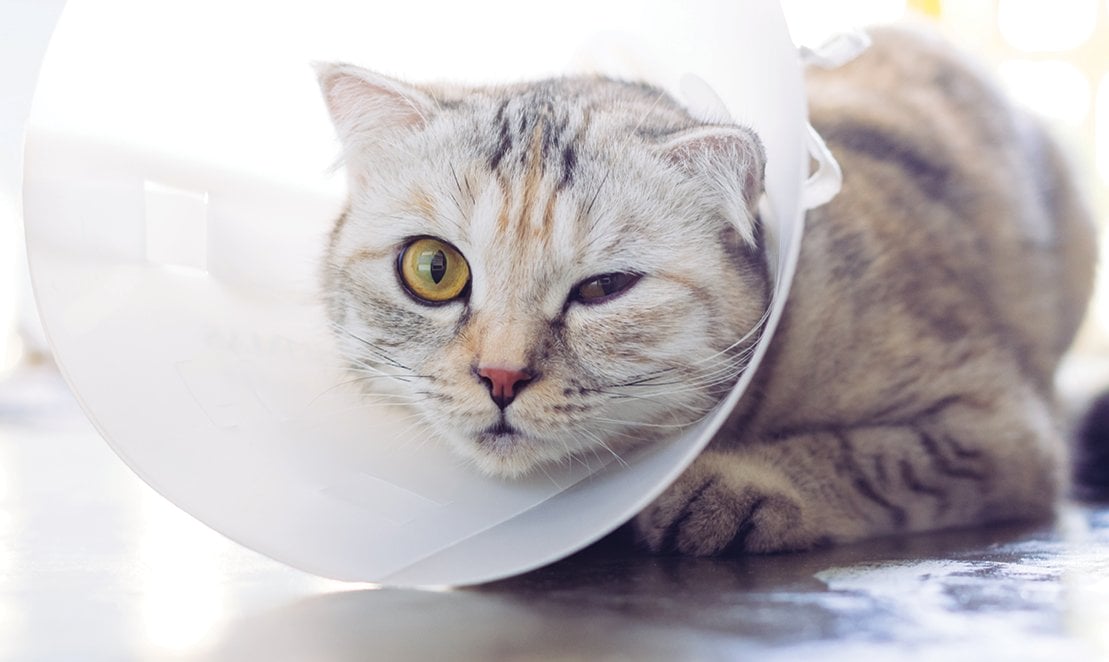 Therapies vary due to the cause and severity of the injury. Some ocular injuries can be managed with topical eye drops and oral medications, while others require surgical intervention to restore comfort and maintain vision.
Therapies vary due to the cause and severity of the injury. Some ocular injuries can be managed with topical eye drops and oral medications, while others require surgical intervention to restore comfort and maintain vision.
Often, an e-collar is necessary to keep your pet from rubbing their eye to prevent further trauma. We can often tell ourselves to nor rub or itch at an injury, but it is a bit harder for our canine and feline friends to reliably leave an injury alone.
The healing time and follow-up care depend on the type of injury. For more superficial, minor eye injuries, healing can occur within a few days or a few weeks. For more serious injuries or injuries that require surgical intervention, complete healing may take several weeks and require more intensive topical and oral therapy for healing to occur.
In addition, more severe injuries may require more frequent rechecks to ensure appropriate healing. Complications such as infection can certainly require more close monitoring to ensure this resolves. At our practice, we specifically tailor care plans and follow-up recommendations so that each pet we see receives the best care possible.
Learn more about the conditions we treat and ophthalmic services we offer at Animal Vision Center of Virginia.
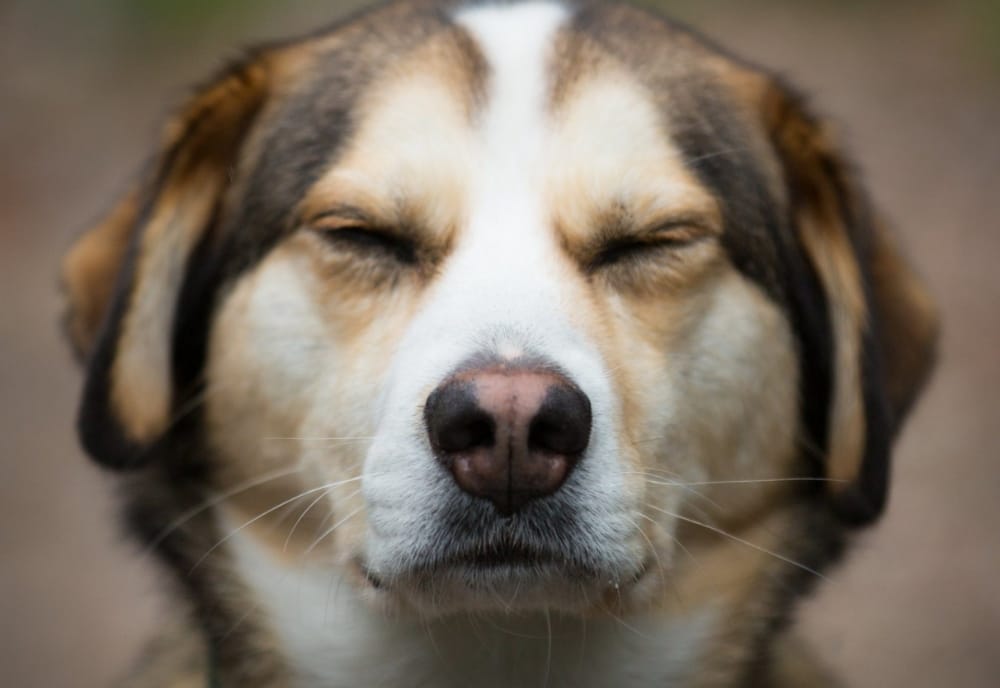
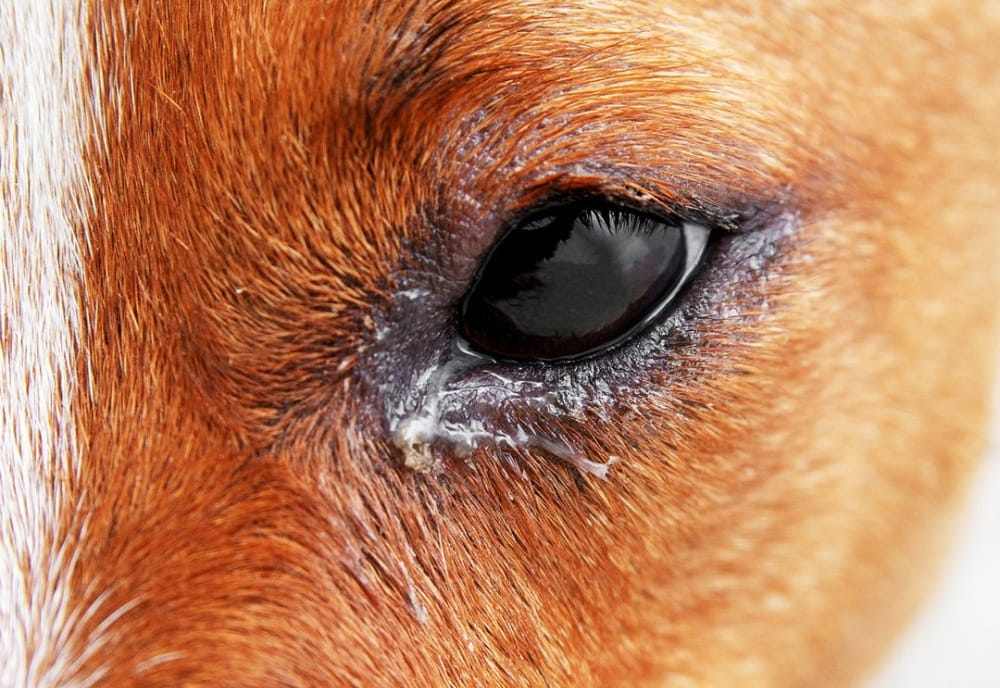


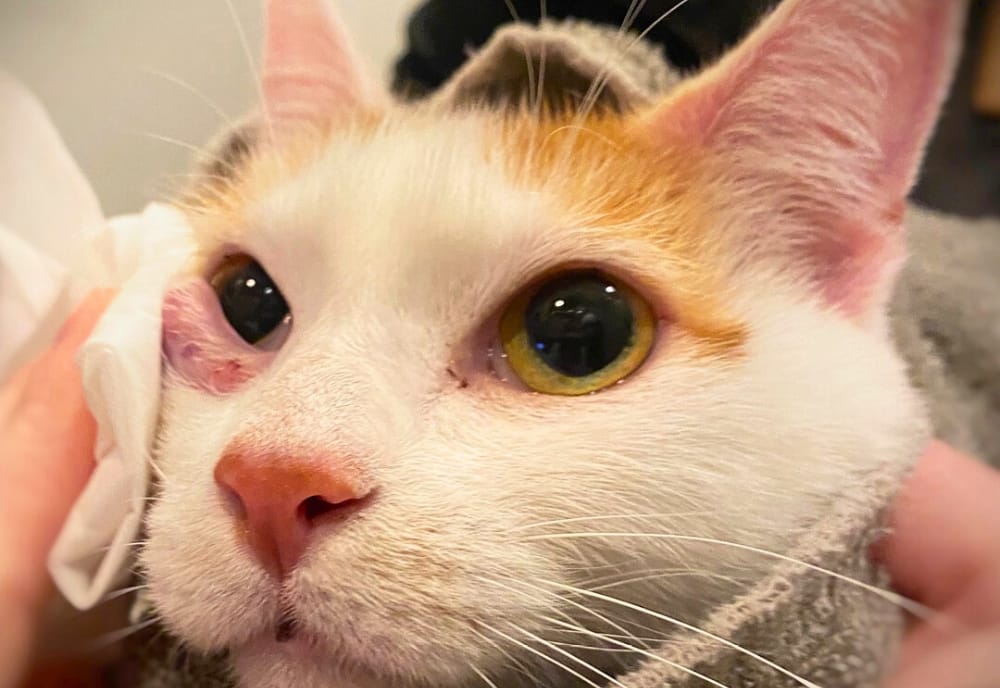
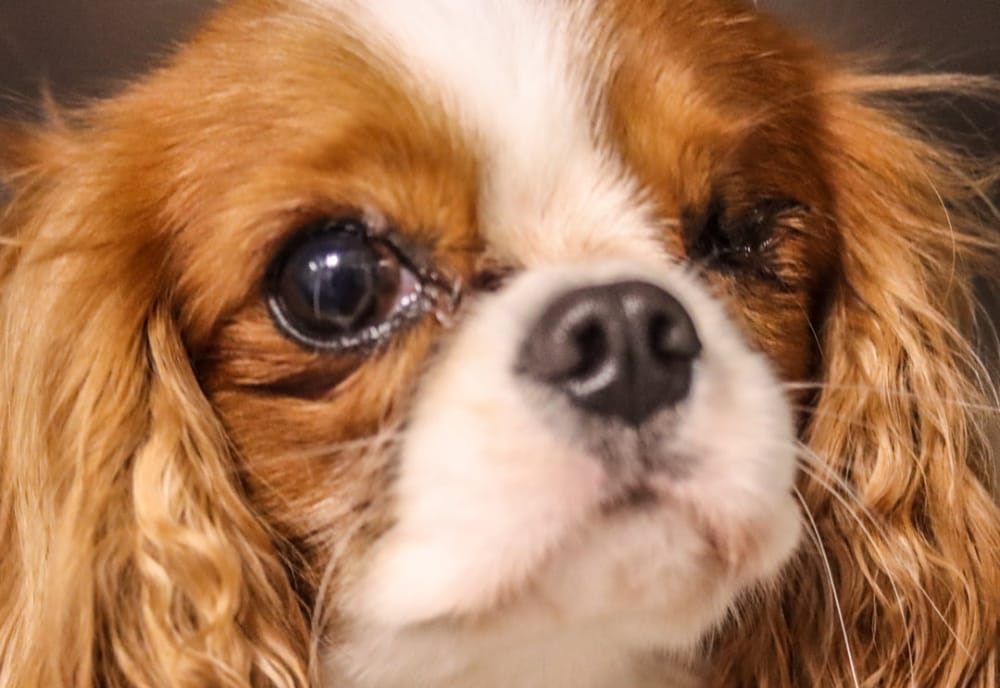
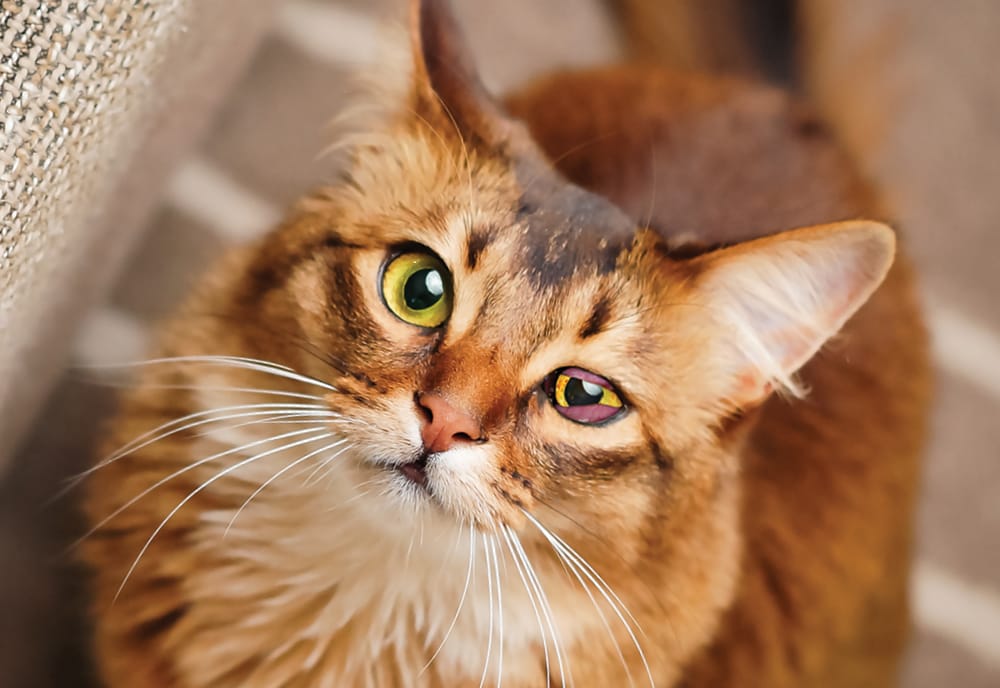
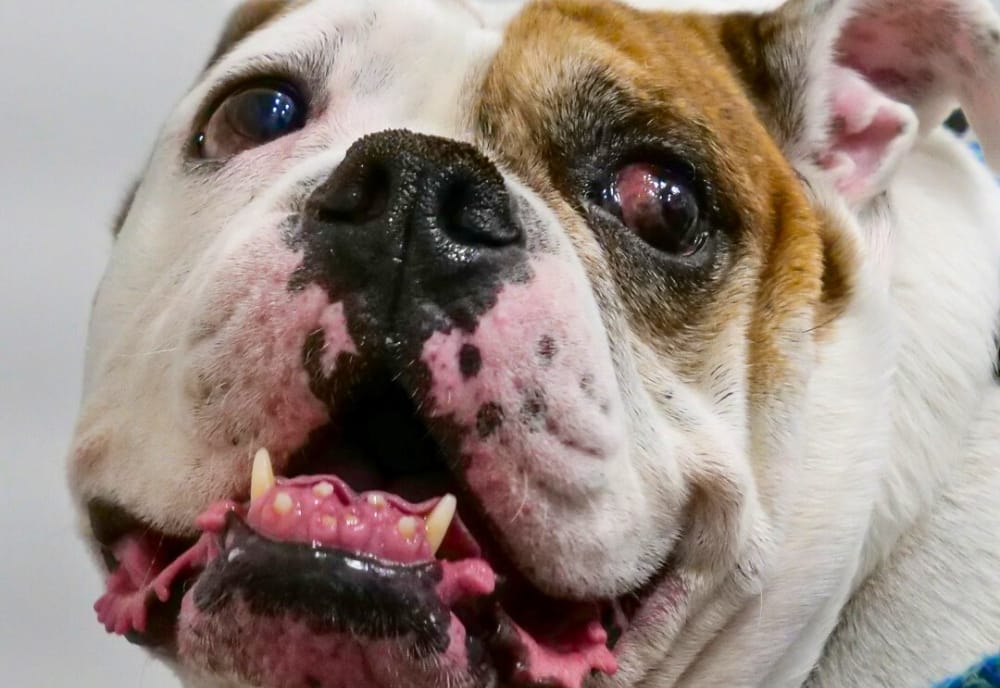
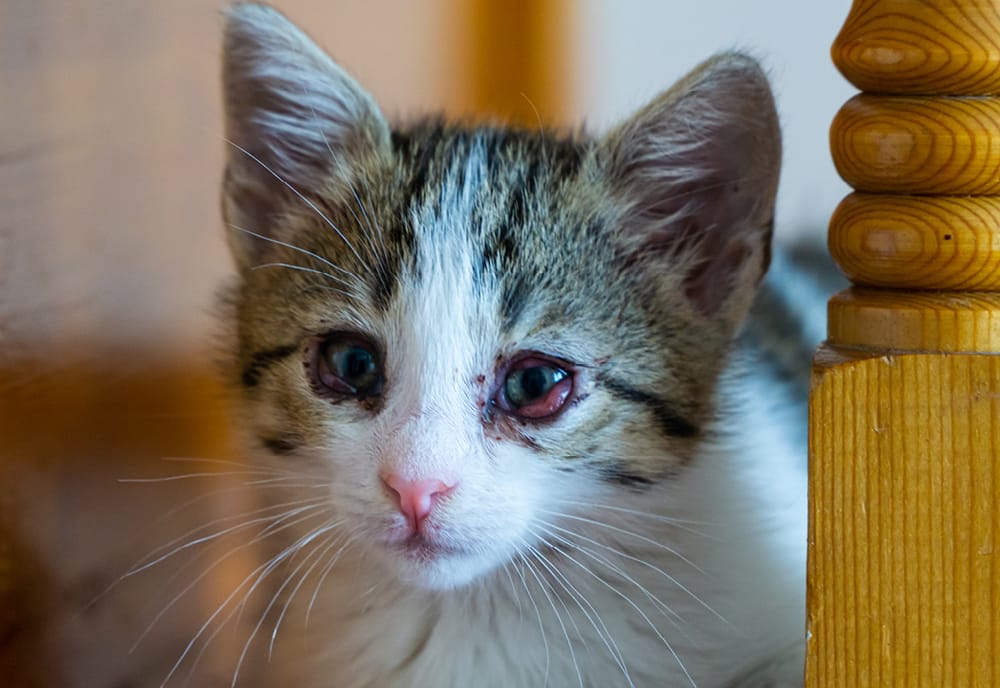
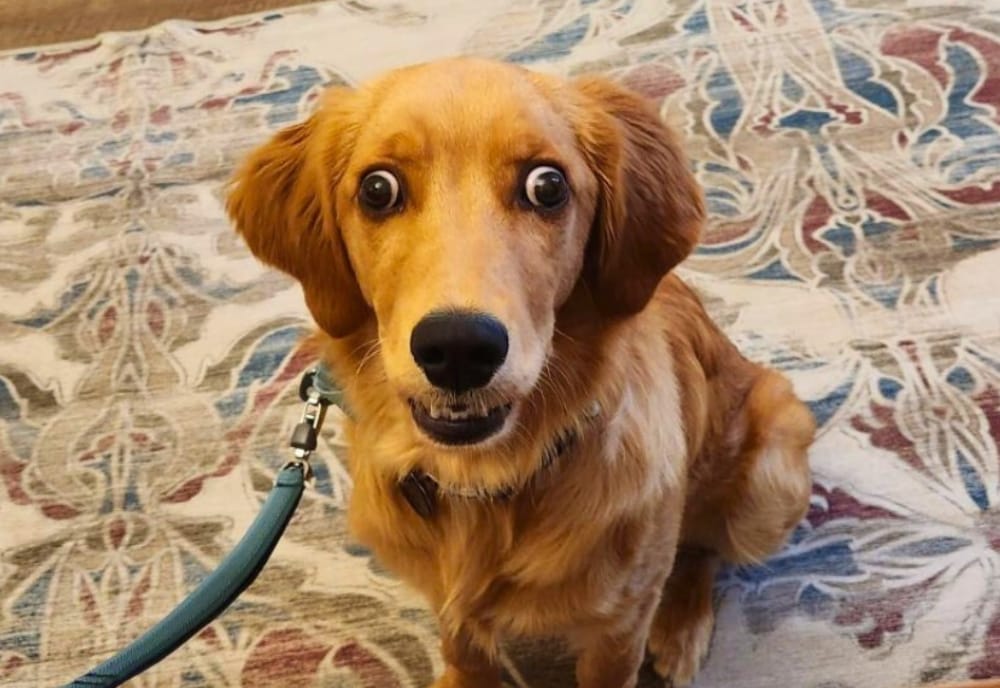
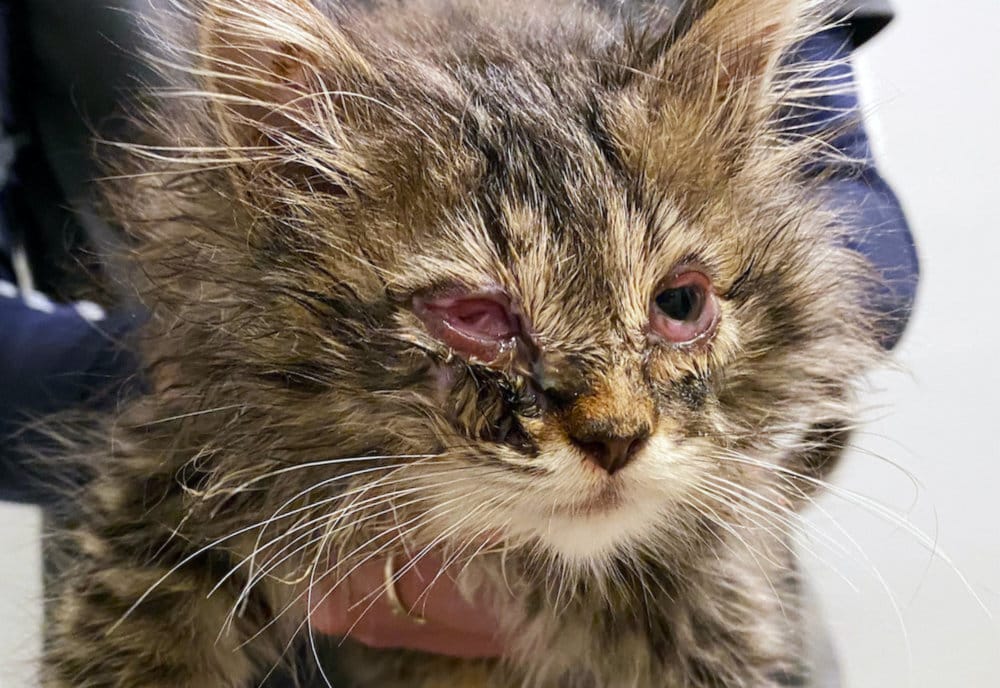
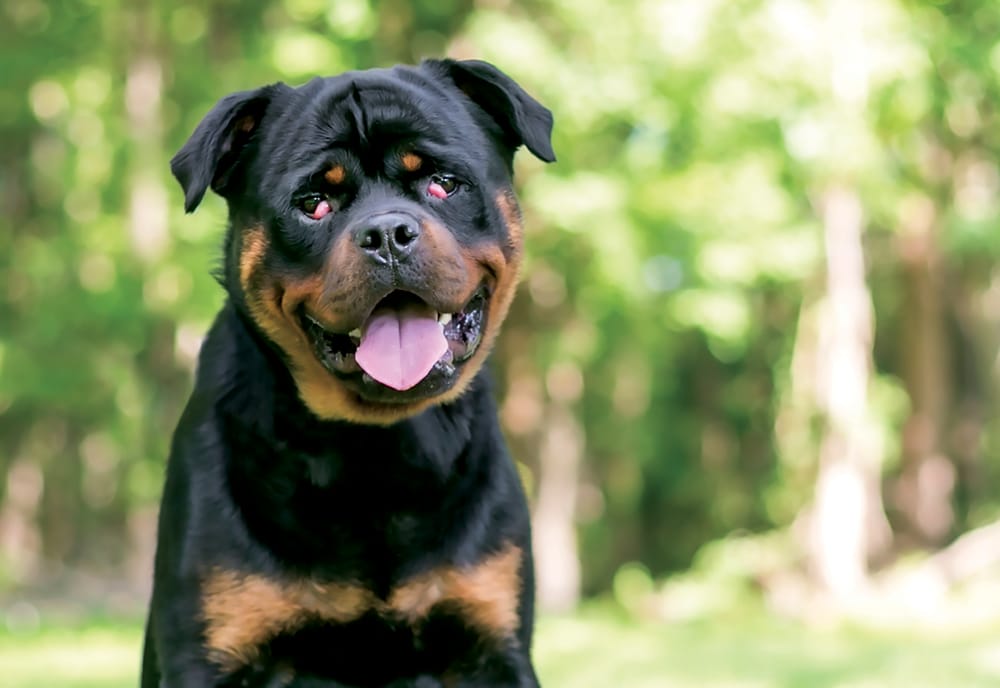
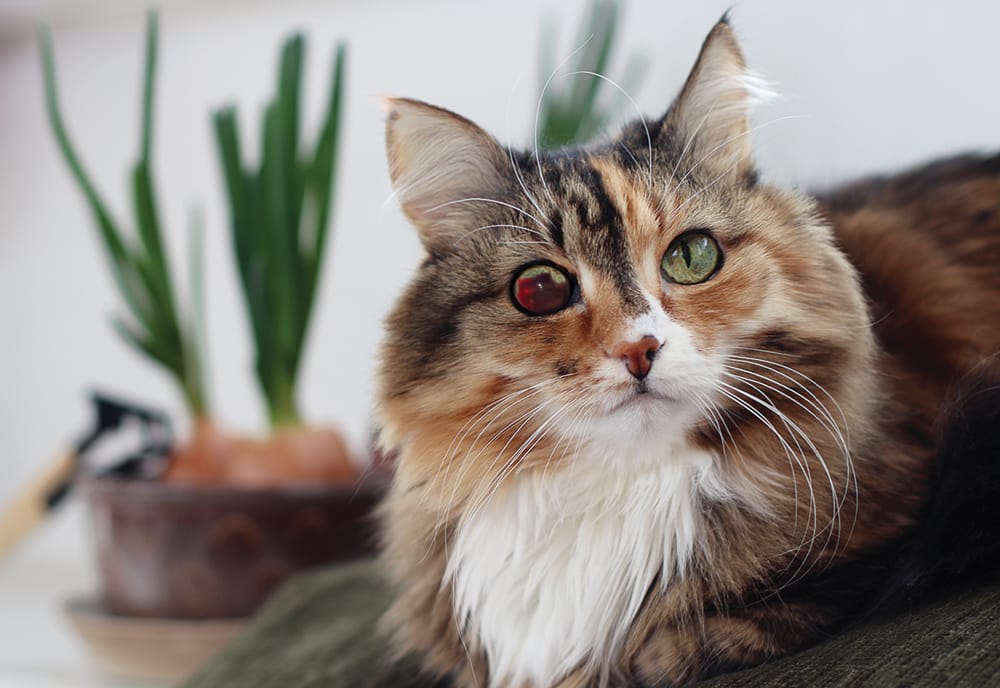
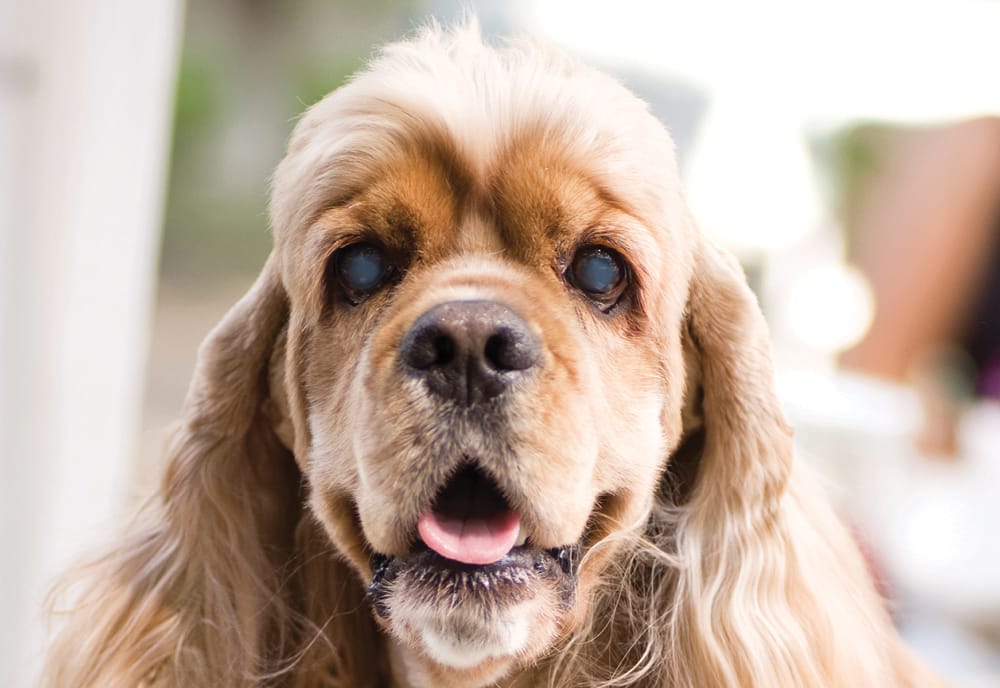

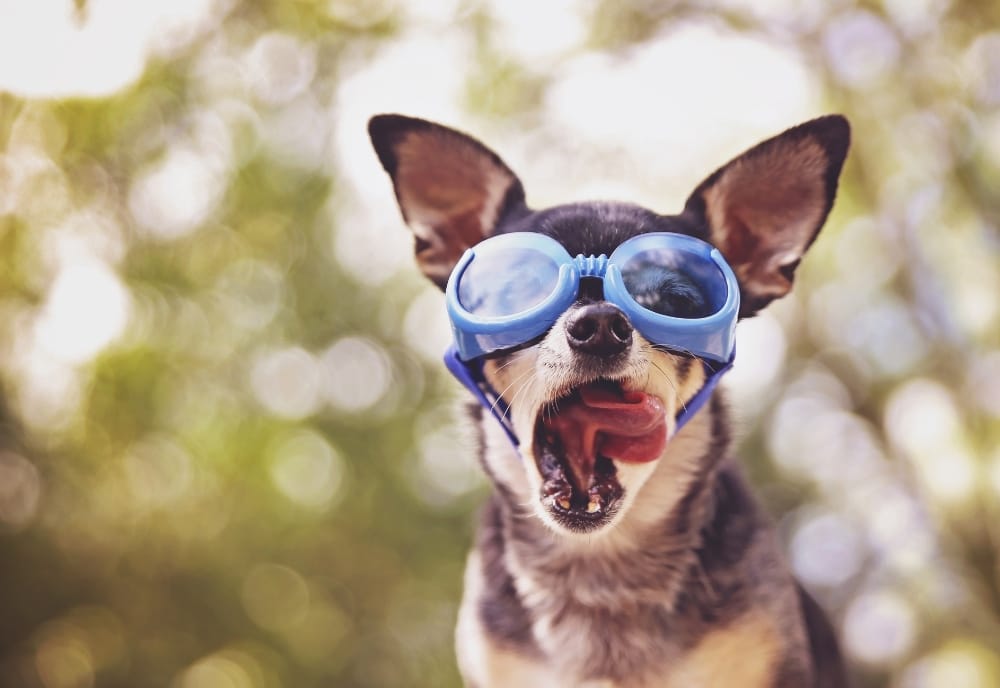 If you and your dog go to the beach often, rinse their eyes after returning home. Or have them wear protective eyewear, such as
If you and your dog go to the beach often, rinse their eyes after returning home. Or have them wear protective eyewear, such as 
